Ancival Martial Arts: Their Impact on Modern Fitness
Martial Arts in Health and Fitness: The Foundation
The roots of martial arts in health and fitness can be traced back to ancient civilizations. The principle of wellness, both mental and physical, was an integral part of martial arts. Practitioners utilized guided meditation and breath control to achieve mental clarity and calmness while rigorous physical routines ensured muscular strength, improved reflexes, and flexibility. These core principles make martial arts a comprehensive means of achieving total body fitness, a theory that extends to modern workout practices.
Integration in Contemporary Fitness Practices
The fast-paced evolution of workout regimes in the 21st century has leaned significantly towards martial arts. From the inclusion of Tai Chi movements in stretching routines to Muay Thai's influence on high-intensity interval training (HIIT), the science and philosophy of martial arts has prevalence in contemporary fitness programs. The holistic approach to training, a key philosophy of ancient martial arts, is a testament to the integration of martial arts into modern fitness methods.
Impact on the Fitness Industry
The fitness industry, at its core, encapsulates the essence of discipline, perseverance, and resilience. These very principles are shared and cherished by martial arts. The rise of fitness protocols such as MMA conditioning, Tae Bo and pilates demonstrate the impact that martial arts has had on shaping the fitness industry of today.
Examples in Current Fitness Methods
Several modern regimes owe their formulation to martial arts principles. Practices like Tae Bo combine aerobic exercises with the high energy of Taekwondo whereas MMA conditioning borrows heavily from Brazilian Jiu-Jitsu and Muay Thai. Thai boxing is considered one of the toughest workouts that optimizes full-body strength and endurance.
The Benefits
By integrating principles of ancient martial arts, enhancements have been observed in physical stamina, body strength, flexibility, and mental toughness. The discipline required in martial arts aids emotional well-being and imbues the practitioners with a sense of self-accomplishment, crucial for overall health.
The Potential Future
The continued collaboration between martial arts and fitness is likely to elevate both fields to new heights. Increasing the emphasis on martial arts can introduce more diversified and functional workout regimes, thus, providing practitioners a myriad of ways to maintain their health and fitness.
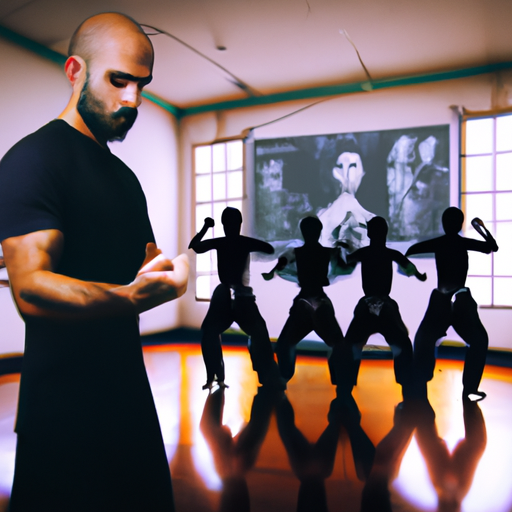



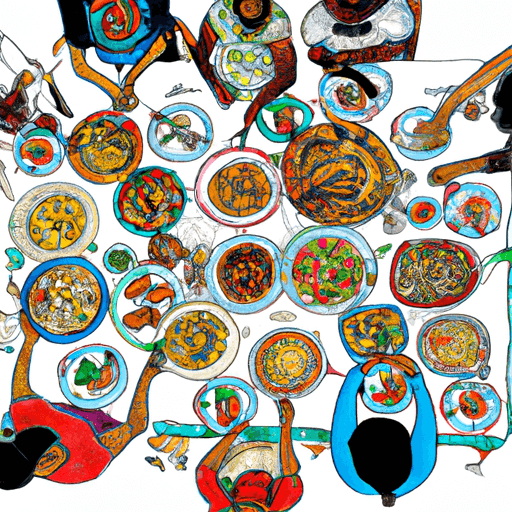
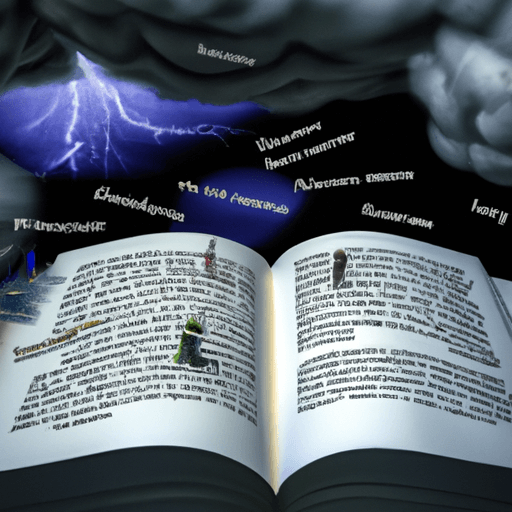




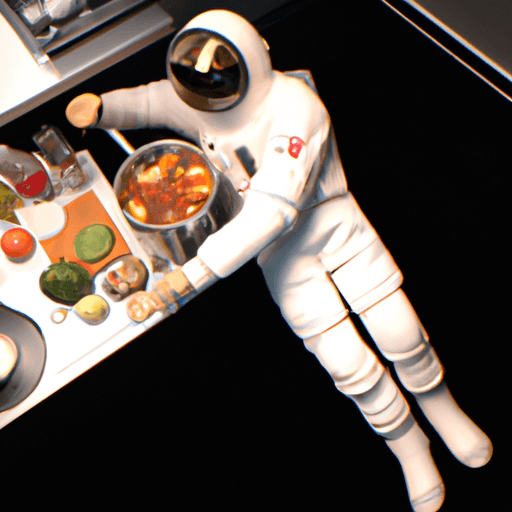

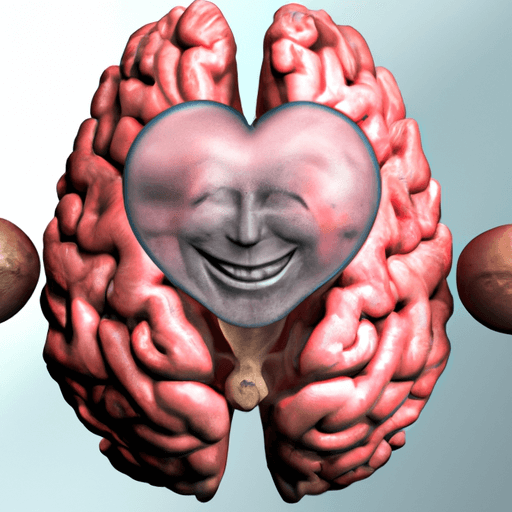





Comments
Leave a Comment